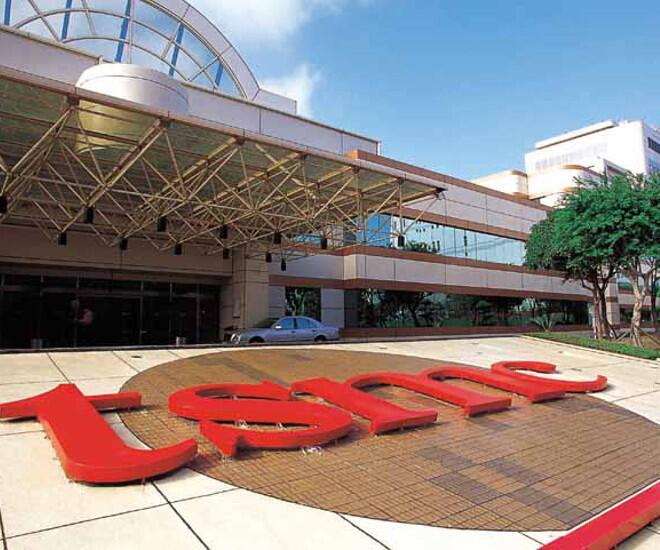TSMC refutes ‘lagging’ reports, insists 10nm on track
Article By : Alan Patterson

Intel, Samsung and TSMC have been vying to be first with 10nm SoCs and capture profits from foundry customers such as Apple and Qualcomm.
Taiwan Semiconductor Manufacturing Co. (TSMC) is denying reports that its yields with Samsung at the industry's most advanced technology node are lagging expectations.
TSMC’s 10nm process is “totally on track” and will contribute to sales revenue for the first time in the first quarter of 2017, according to Elizabeth Sun, senior director, TSMC's corporate communications, refuting a report by Taiwan’s Digitimes website that was picked up by other news media. The company’s 10nm process will account for less than 1% of TSMC’s overall revenue during the first quarter of 2017, she said.
Intel, Samsung and TSMC have been vying to be first with 10nm SoCs and capture profits from foundry customers such as Apple and Qualcomm. In November, Qualcomm announced it is in production with its next generation mobile SoC, the Snapdragon 835, in Samsung's 10nm process. Intel, earlier this year, said that its 10nm process could outperform other foundries and will be used to make ARM-based mobile chips for companies including LG Electronics.
In the third quarter this year, TSMC transferred 10nm development from R&D to production and had five tape outs lined up for mobile products. The company predicted that high-end smartphones, the main driver in the semiconductor business, will move to 10nm from 16nm during 2017.
While some industry executives say that Moore’s Law has reached its limit at 10nm, the top three chipmakers–Intel, Samsung and TSMC–are using three dimensional tweaks to take geometries to an “effective” 1nm. Earlier this month, TSMC said that it is planning to build a fab that will make 3nm SoCs as early as 2022.
Beyond 10nm, the roadmap to finer geometries is entering a new territory. TSMC has said it is still undecided on whether it will adopt extreme ultraviolet (EUV) lithography for 5nm and 3nm.
In November, ASML said the first-generation EUV systems are almost ready for use in volume manufacturing. “In 2018 the first chips made on current technology EUV scanners are expected to roll off the production lines of our customers,” according to ASML chief executive Peter Wennink.
TSMC said that it will ramp 7nm in 2017, followed by 5nm in 2019, to support smartphones and high-end mobile products with new features, including virtual reality and augmented reality.
This article first appeared on EE Times U.S.
Subscribe to Newsletter
Test Qr code text s ss


